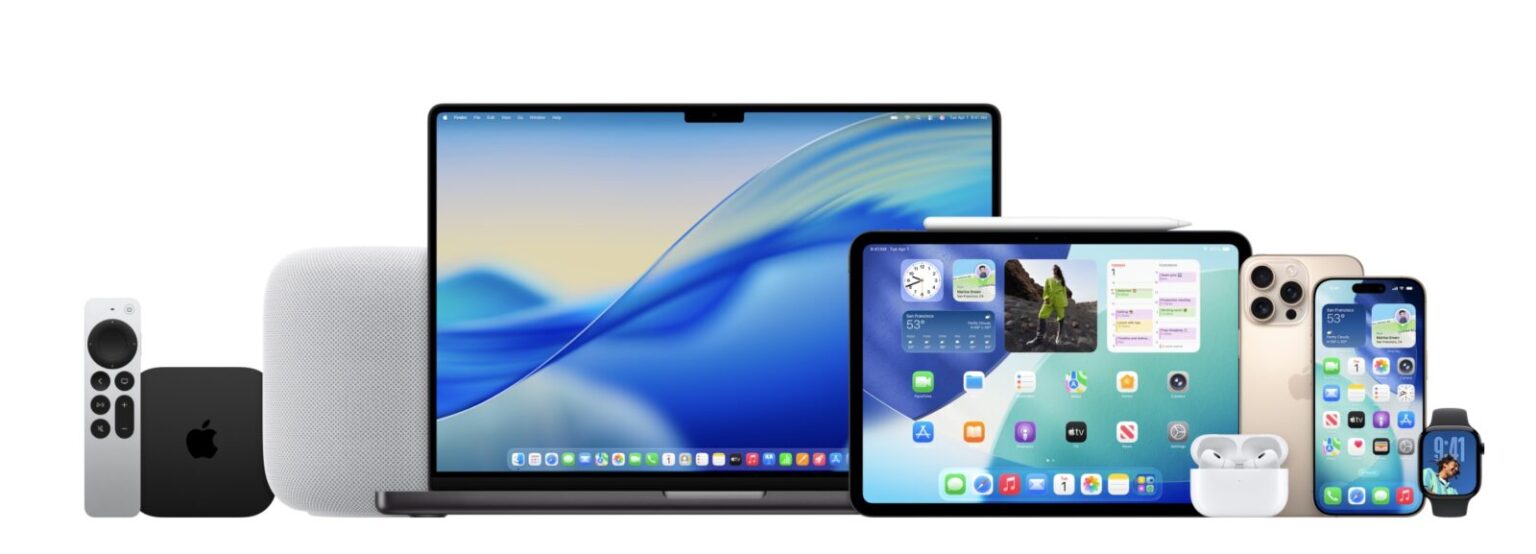Apple has rolled out version 26.1 of its operating systems, delivering a set of refinements and small feature additions across iOS, iPadOS, macOS, watchOS, tvOS, visionOS, and the HomePod platform. This marks the first significant update since Apple adopted its unified, year-based version numbering system in the fall, aligning all of its major software releases under a single annual cycle.
While the 26.1 update doesn’t introduce any major overhauls, it does address early issues from the September releases and adds a few user-facing enhancements. The standout addition is a new customization option for the “Liquid Glass” interface element, which now allows users to control the translucency level. The updated setting offers two modes: Clear, which maintains the full transparent aesthetic that lets background content shine through, and Tinted, which adds a more opaque layer to improve readability without disabling the visual effect entirely.
For iPad users, iPadOS 26.1 brings back an updated version of Slide Over multitasking. The feature, which allows users to summon a secondary app in a floating window, has been reworked for better flexibility. The new iteration supports window resizing and repositioning, though it’s now slightly less convenient to switch between apps in Slide Over mode. The changes suggest Apple is moving toward greater consistency between iPadOS and macOS window management.
Other refinements extend across multiple platforms. On iPhones, the alarm interface now distinguishes between snoozing and stopping an alarm—requiring a swipe to fully turn it off—to help reduce accidental silencing. The “swipe to open camera” gesture on the lock screen can also be disabled, offering a bit more control over accidental activations.
Mac users will see improved FaceTime audio performance under poor network conditions, as well as new support for AutoMix transitions when streaming Apple Music via AirPlay. These subtle updates fit Apple’s pattern of gradually improving stability and functionality between major releases.
Still missing from this update is the “more personal Siri,” a key component of Apple’s expanding Apple Intelligence framework that the company initially planned to debut this year. Executives have reiterated that enhancements to Siri’s underlying language models are progressing and that the feature will roll out “next year” once performance meets Apple’s internal standards.
Overall, iOS 26.1 and its companion updates are less about new features and more about fine-tuning the first wave of Apple’s latest operating systems. They polish the user experience, strengthen consistency across devices, and continue laying groundwork for more significant AI-driven improvements expected in 2026.







